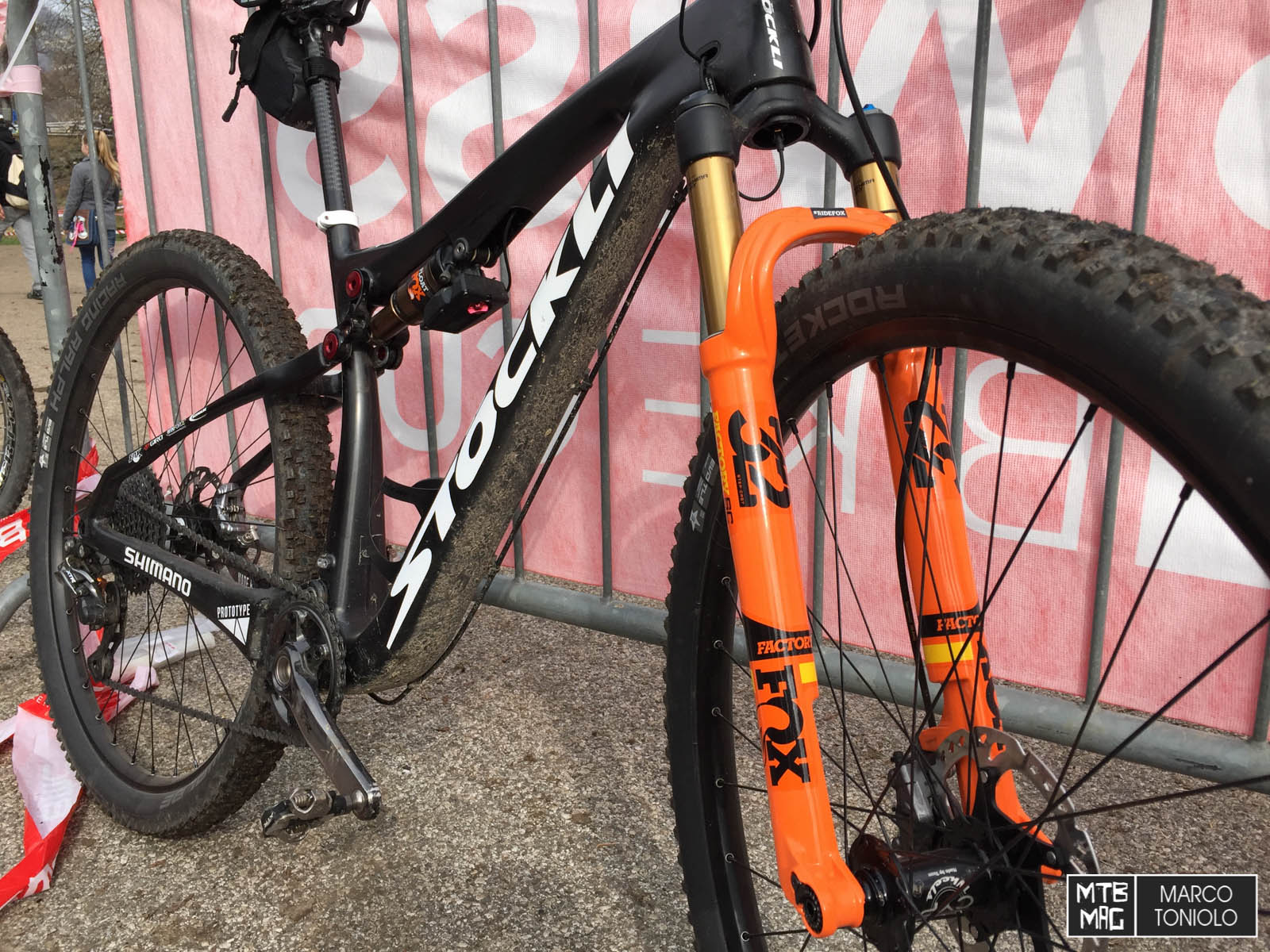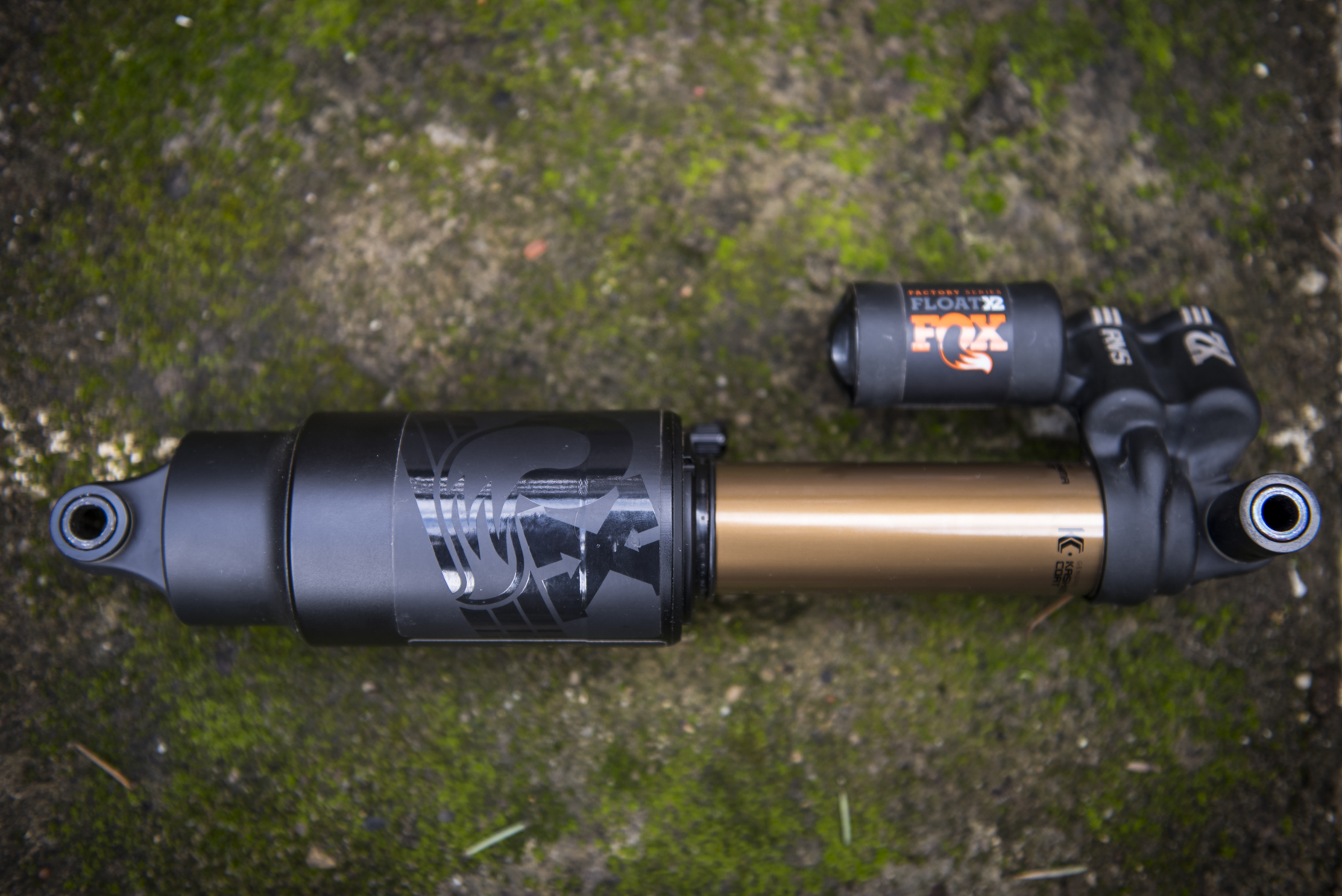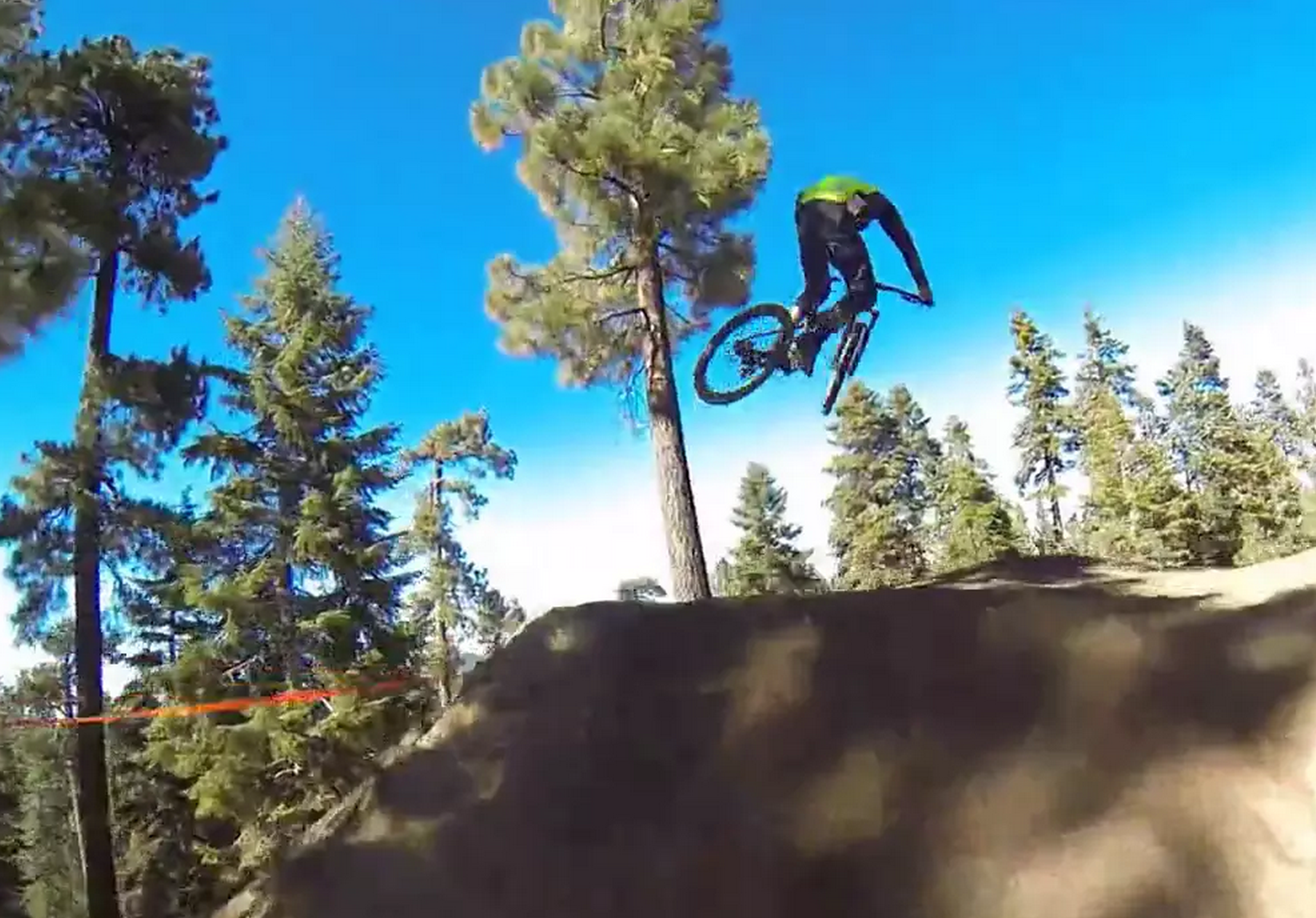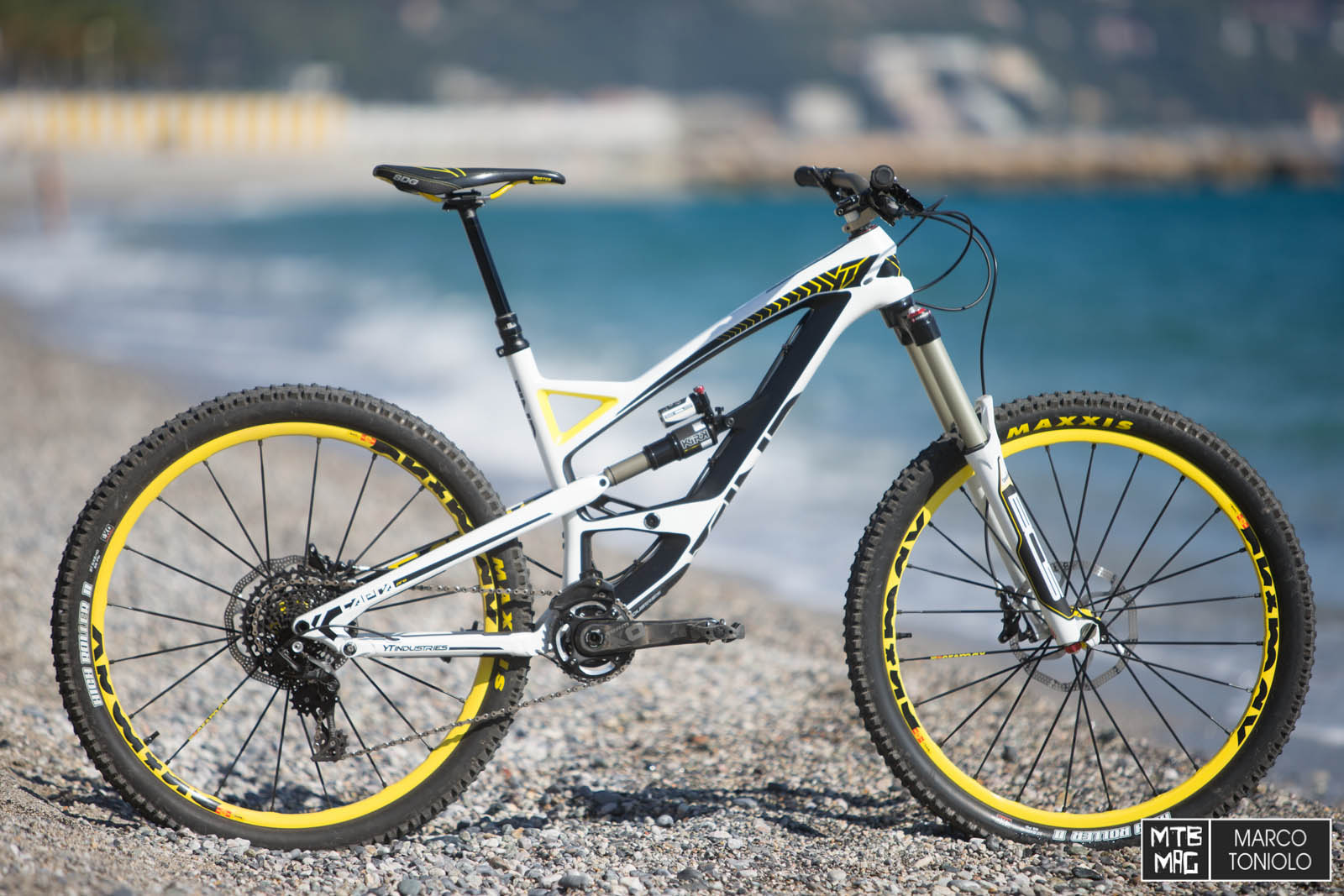The bike industry nowadays is a very large place, there are however a few key players and people that can give an incite to what might be the key aspects that influence racers and the riding public when it comes to products and what people want.
Marc Fitzsimmons product manager at Fox Suspension seems to know exactly what is going on right now in the racing world and also gave us a few hints at what might be coming in the future, as technology gets to a point where it is reliable enough to be introduced to the mountain bike market. Yes that does mean electronics.
We might be in the calm period before the market sees another huge change. Our bikes settings might soon be connected and controlled by an app on our phones which tracks our position by GPS and tunes accordingly. Marc kindly answered our questions and let us know what potentially could happen over the next years with suspension products, which will find their way onto our bikes in one form or another.
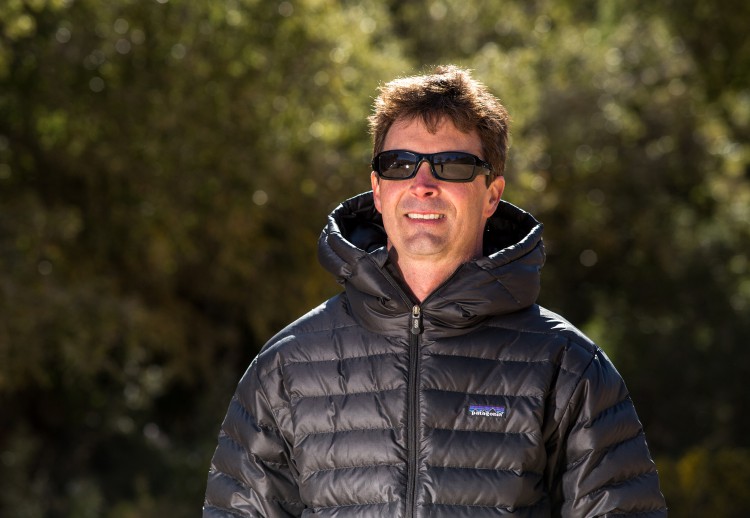
How long have you been in the suspension business?
Since 1995…
Have you always been focused on bicycles or have you covered other sectors?
I started in motorcycles, then went into bicycles, and spent time working in both divisions at Fox.
What do you actually do day to day at Fox?
I over see the race program and then product management, finally tying the two aspects together.
So do you decide what comes from racing and actually makes it to market?
Yes exactly, I get the final say once our experienced team has developed a new product.
That is a pretty important position to be in, when your deciding what goes into a production fork, how to you bridge the race/product gap? What a top downhill rider and what a normal rider need is very different?
Absolutely, what a racer rides is so firm and particular it’s not something that you can make for everyone but we have found some specific riders that it works amazingly with in production. For example Tracey Molesey, her race settings almost work perfectly for a production setting, even from downhill still, which she is still doing testing and riding for us. Justin leov for example, he runs a set-up really balanced, not too soft, not too firm, we can use that to go into production as well, it is a good baseline setting.
Why did Fox go to a 40 stanchion on their downhill fork?
It was stiffness and we knew over time we could develop that product and bring the weight out as with the larger tubing you can make it thinner walled, and you get a different feel out of that too.
Trail riding and Enduro has now taken over as an important segment, what in your mind is the optimal aim for your program taking Race development into production products? How do you read the market?
As a high performance brand we take two approaches, one is we have to have a product with a wide adjustment range for racers and it’s performance has to meet their needs. At the same time we have to have another product maybe OEM that has less adjustment for the market, but that adjustment range is broader and pre-set for the most part. We have to meet after market and race needs concurrently also the needs of an OEM customer, for a bike that is a little simpler sometimes.
We have seen the slow introduction of electronics into bike suspension, what’s your opinion about that?
We are working with customers that are already starting to plan for 2017 and integrating batteries into frames, so it’s not messy or anything. My opinion on it is: in world cup cross country racing, where they always have to have remote lockouts, when there were cable only three years ago, we had to rebuild the cable and housing every other race or race because of the mud and washing the bikes, always making sure the mechanism was working correctly. Now with electronics we don’t touch it for the whole season. Most worry about the complication of electronics, but they are actually proving to be more reliable than mechanical systems. That is as long as the battery is charged!
Are we going to have active suspension tuned to a track that follows the rider’s position according to a GPS location?
It’s very possible, it’s so possible that we might be testing it next year.
Really? Will the bikes know precisely where they are?
We are that close to having semi active and fully active suspension. The trick is you have to make it respond fast enough. The problem is we are riding in the trees, so we are working more on semi active products based on accelerometers, using the front to tell the back what to do, but also programming it. That’s where we are starting and once you start there you can make suspension do anything.
Are you going to integrate it with the new electronic shifting, so it sets it’s self according to which gear you might be in?
Absolutely, you can have it work according to the gearing, you could have it work according to the power output your putting in, as power meter technology is taking off.
Do you work closely with other companies doing this integration?
Yes we have to, especially for the plug-ins, how the wiring works, we have to use one battery, no multiple batteries. We will also see it become wireless in the next 5 years as well. It’s all going to happen quickly but at the same time it’s expensive.
How many years before you expect to see that type of technology on €2500 mountain bikes?
That’s a good question, you might see certain features trickle down but not the whole system. We have to get everyone comfortable with it and accepting it. Right now there are a lot of people who would say, “I don’t need a battery for my bike…” until you experience it you don’t know.
Upside down forks in the past have made appearances there are a few high end brands looking at them, what’s the latest on this part of the market?
These products are still sitting on the back burner, they’re still a possibility. As our platforms go in cycles we have points were we ask if we have to go to a whole new design or work on more small improvements.
Upside down forks need to work for the rider, we built a really big fork, when our riders tested it, it was not stiff enough in it’s current form. We over built it and made the tubes big. The final statement from Aaron Gwin was, “If you can make it another 15% stiffer, I will race it.” That was with a steel solid axle, not even a lightweight one. I think it’s going to require some new standards to make it work.
Like new hub standards?
Yer, possibly. We haven’t written it off for sure, as it has some nice benefits.
Moving on to Seat Post technology, whats going on with that at the moment?
We will have a new seat post for 2016. We are working on a couple of different levels on that. We have to go integrated, more people want it to be infinite than three position, a lot of riders who use ours like the three position function, but now they want to control that position more. So the ultimate goal would be if it was three position and you could control where that third position was.
Could you do that with an electronic seat post?
Potentially yes.
So there wouldn’t even be a worry about cabling it could be wireless under the seat post?
Absolutely, we have a team in R and D, that is looking at all those things, and talking about it. The hardest part with dropper posts is the expense of passing the features onto the cost of a complete bike, it can be quite high right now. Our challenge is making one that is cost effective and with more integration.
So we are getting to the point now where we are having gears, seat post, suspension, all wirelessly controlled and one battery. Will people like it?
Absolutely, the testing phase has to be so long though that when these products come out there are no failures. Shimano for example is good at that, because if electronics don’t work it will kill it. It can’t break.
Why do road bikes cost so much considering they don’t have suspension?
That’s a very good question, I’ve asked myself that many times. If your counting the number of parts on it, other than the material cost quality which could be higher, or your trying to get a higher price point by specifying higher quality products, it’s a hard one to answer.
Do you build to a performance point or a price point?
Performance is where we start always, we always ask what we or our racers would want first. Then we know what the prices would be for OEM, and if it would fall outside their price range. But if the racers want it, the consumers want it, then OEM might spec it anyway. Sometimes the prices of bikes might rise a little bit as OEM want a certain product. After market though tends not to be affected by this situation.
How do you view the market now?
We look at everyone’s product out there, we try everyone’s product, we need the competition, the consumer needs the competition otherwise its easy to get lazy and stale. We also look though at support, it is important that consumers can find after market spares and support. So our service and distribution network is important as well. We don’t want one time consumers, we have to make sure all the angles are covered.
We actually measure new competition that way, to see if they have the same level of support. There are a lot of good things that come out onto the market that work really well, but if there is not the support network behind it, longevity on the market might not be as excepted. So it is important we don’t react right away, but we need that competition absolutely. Interestingly the motorcycle market is dropping off more and more, so companies are looking more and more towards the bike market which is growing. I’ve heard figures which have certain countries where more bicycles are sold than cars now. The rise of E-bikes, the greater numbers the sector is becoming more accessible to all.
Thank You!
No problems.


